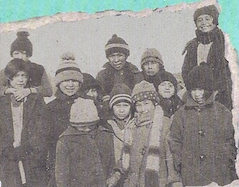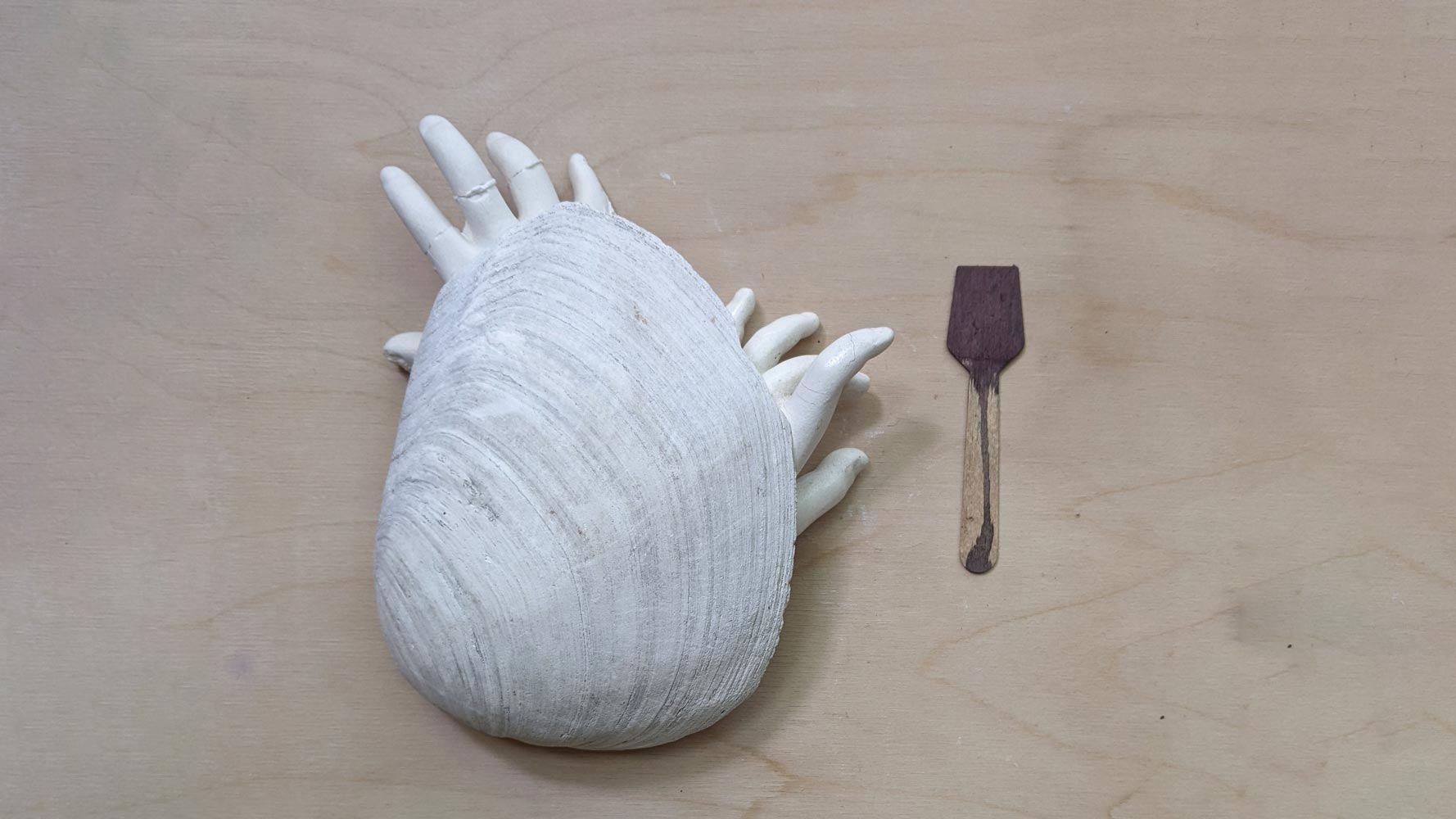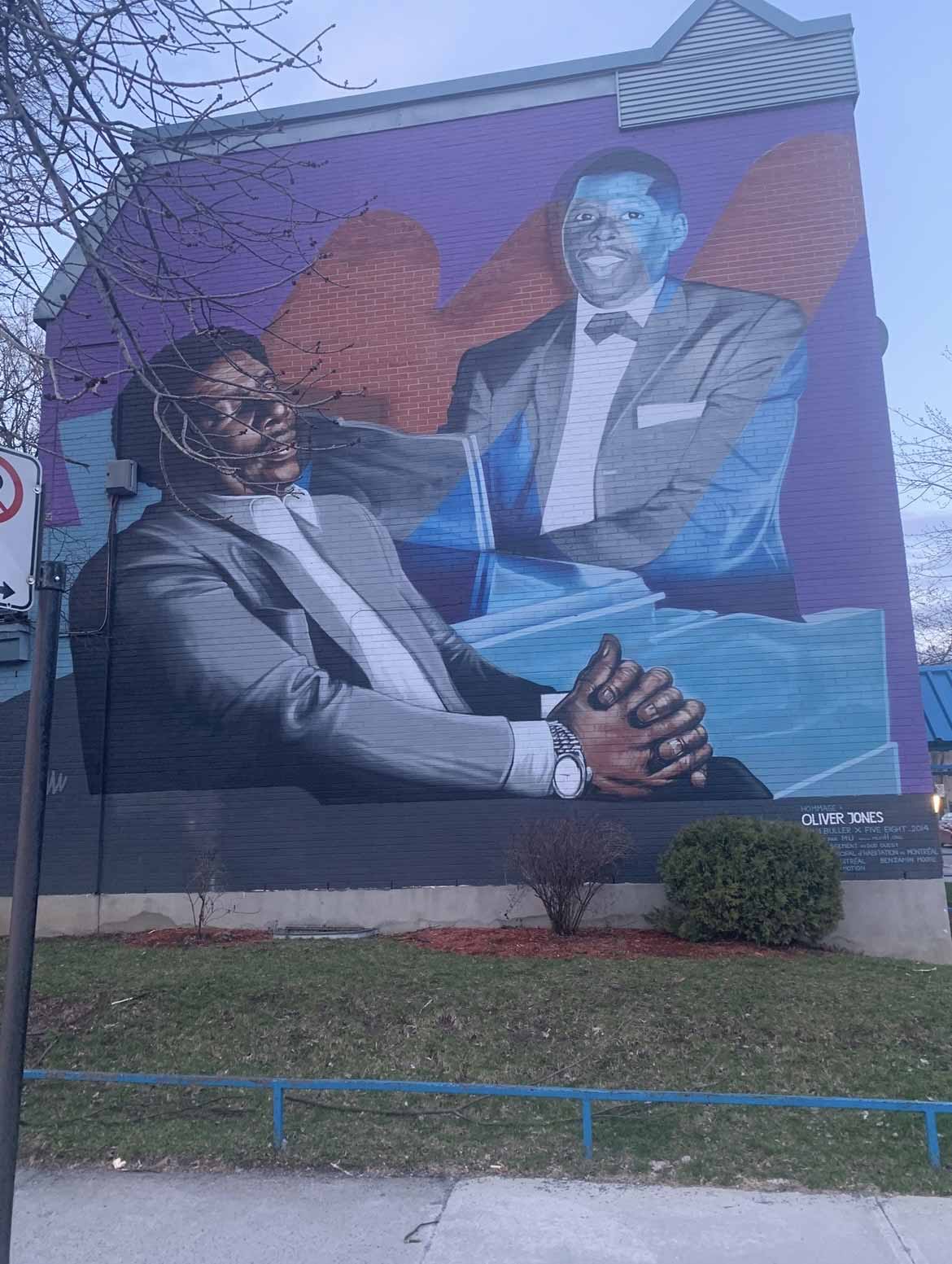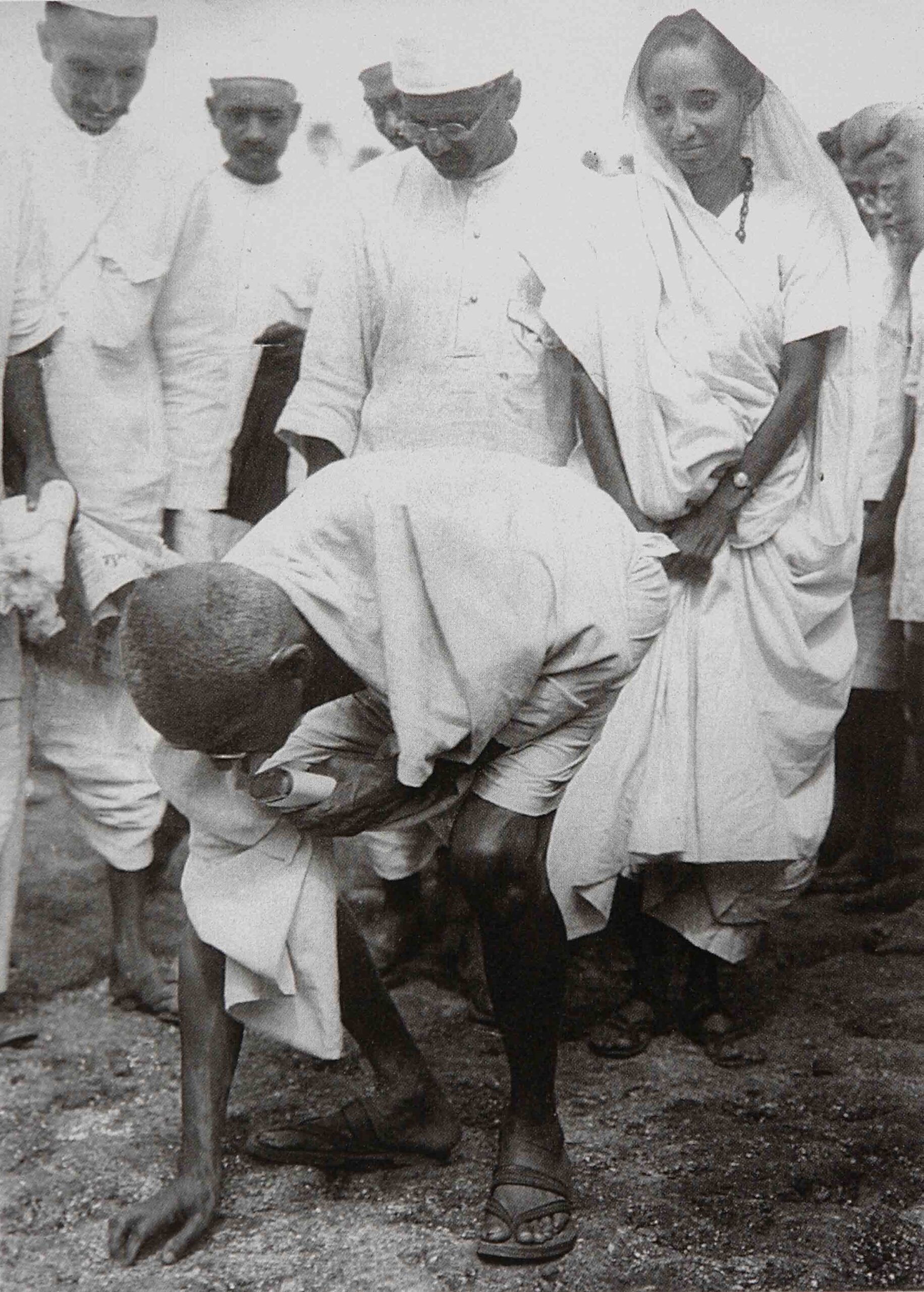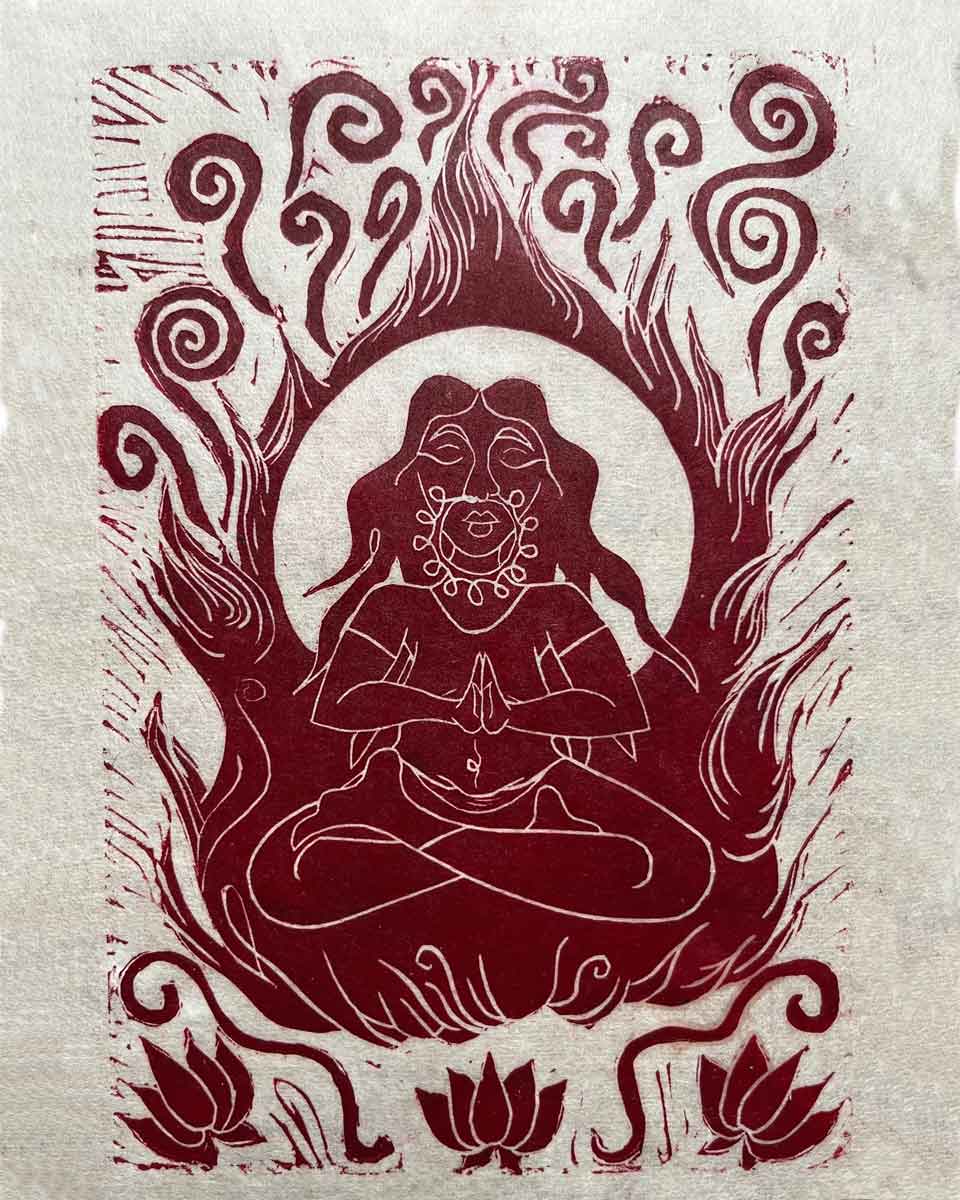What We Remember: Poetry that Reframes History
Lisa Bird-Wilson combines two forms of remembering in The Red Files. Her poems mix archival sources with oral history to reconstruct the stories we tell about the residential school system and its legacy. Bird-Wilson’s collection weaves the two sources together seamlessly. The resulting poems change the way we look at archival data and its stories. What invites readers to look, though, are the poems’ tone and detailed descriptions:
hats askew and mitts bejewelled
with snow, coats open
to the weather, the girls play
in the shadow of the school, just inside
the invisible fence line
they make snowmen and snowwomen
while a huddle of trees holds watch
the girls’ class grows up in nine years
of sharp-edged photos, each time exposed
after play, exhausted— (“Miss Atwater’s Class,” 1-10)
Archival data creates a frame for our collective history. Oral histories fatten the stories told by archival data. Bird-Wilson’s poems challenge the reader to consider the stories created by archival data and to reconsider our collective history by focussing our gaze on what is captured within archival sources as well as what—and who—is excluded. Bird-Wilson uses several techniques to challenge and shift the historical frame.
In “Indian Preacher,” she notes the men who are named in a “history of the area” created by a women’s auxiliary (3). One is “a model of a good Indian / the Christian Indian” (12-13). The reason for his inclusion is so simply stated, it stings:
no history would be complete without a reference
to the Indians, they say
as if they must explain the inclusion
apologize for their shortcomings, their failure
to exclude:
the exclusion of exclusion (6-11)
Bird-Wilson juxtaposes this named Indigenous man with the countless unnamed Indigenous individuals and named White men found in archival documents:
one of the few named Indian men
among countless unnamed
women, men and children of treaty
(naturally the Lieutenant Governor of the Northwest Territories
“presided over” the treaty signing
and he had a name) (19-24)
That Bird-Wilson excludes the names of these named men shifts the historical frame. By losing their names, the historical hierarchy of individuals collapses. These men are now on equal footing with the unnamed. The children of the residential schools are among the unnamed. Bird-Wilson shifts the historical frame further by creating names, throughout the collection, for the unnamed children.
In the prose poem “Girl with the Short Hair,” Bird-Wilson writes about the children lined up in a school photograph. Their images are captured, but not their names: “…she has / a name but history hasn’t recorded it…” (7-8). Bird-Wilson shifts our gaze from the group and focuses it on an individual, gleaning the image for a trait to distinguish this child from the other girls. This child becomes, and perhaps always was, “…the one with / the wind-knotted hair” (18-19). Although these lines come from the poem titled “Girl with the Short Hair,” in the photograph “they’ve all got short hair” (2).
A poem about the haircut that children were given when they arrived at a residential school, “Mourning Day,” opens the collection. The emotional weight of having their hair cut is revealed in beautiful imagery:
these braids remember the women
trembling clump of girlflesh
eyes cast down and away
unfamiliar now
to one another
they mourn the loss
of their hair
dropped
like so many laments
clipped connections
to mothers, kohkums or aunties (1-11)
In this poem and throughout the collection, Bird-Wilson creates an emotional connection to the subject of her poems. The imagery of each poem captures a moment, a remembrance. In the poem “Drowning Girl,” she builds a bridge between missing and murdered Indigenous women and the observations of a girl:
later she finds herself sitting small in front of the bank building on
East Hastings Street noticing the leftover bodies of red cedar leaves that
lie here and there across the sidewalk, residue from last fall, their
brown skeletal impressions stain the pavement (1-4)
In “Apology,” Bird-Wilson compresses the historical frame to outline how the principles that created the residential school system continue. “[The] story endures” with “sixties-poached babies” who “learned to slide ‘birth family’/ around on budding tongues / subtext: momma wasn’t good enough” (the sixties scoop), “a mother under a boil-water order / so long her babies all become adults” (ongoing boil-water advisories), and systemic racism—“education pushes Samuel out / of a seat not meant for an Indian graduate” (33, 34, 35-37, 46-47, 50-51). Even though an apology was given for the degradation endured in the residential school system, Bird-Wilson focuses our attention on what is left unsaid and unacknowledged within the frame of the apology:
you say the hard facts while the soft ones
float in the background, inch around
the room, like a buffalo
soft facts like baby fat, like children’s cheeks
not in so many words, but
the cult-quality photos tell a portion
of what there is to be remorseful for: not one fat child
for over a hundred years (6-13)
Bird-Wilson’s poems include the soft facts. Her work broadens the historical frame by revealing context. In “Beside a Residential School,” a poem about unmarked graves at residential school sites, we are faced with the soft facts of locating the remains of these lost children:
kohkums dig
their crooked fingers
earth-deep
in remembering
like overgrown children
they scrape
in a twenty-foot square
garden plot
hunched on their haunches
they till the soil
small buttons, from school
uniforms, unearthed
alongside bantam bones
imagine: boys on one side
girls on the other
sent to slumber without
a goodbye
in unplanned
graves, their hide
coverings long ago
melted away
into clay
while grandmothers search out
lost children,
nearby, the Elders
lightly drum
singing the spirits home
a handful of buttons and bones
The Red Files by Lisa Bird-Wilson commemorates “the children who attended Canada’s residential schools, the survivors, and the ones who did not come home” (80). This collection reminds readers that archivists and historians are storytellers who help to frame our collective history and it challenges us to look for the soft facts that fall outside of the frame of their stories. The collection inspires us to reconsider how we look at archival data and, ultimately, how we frame our collective history.

